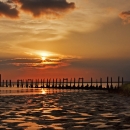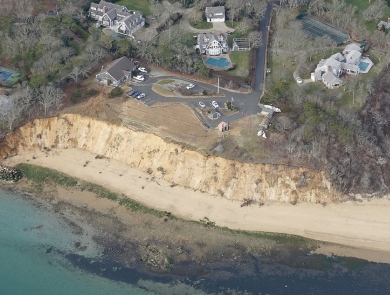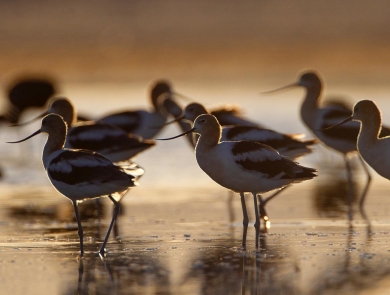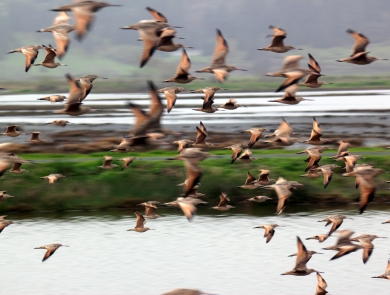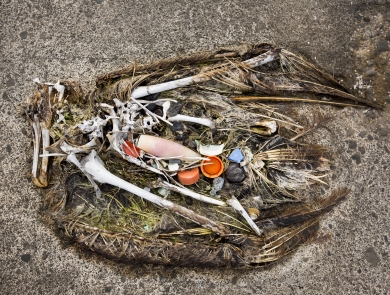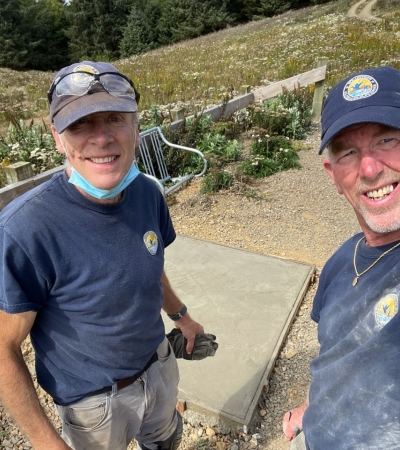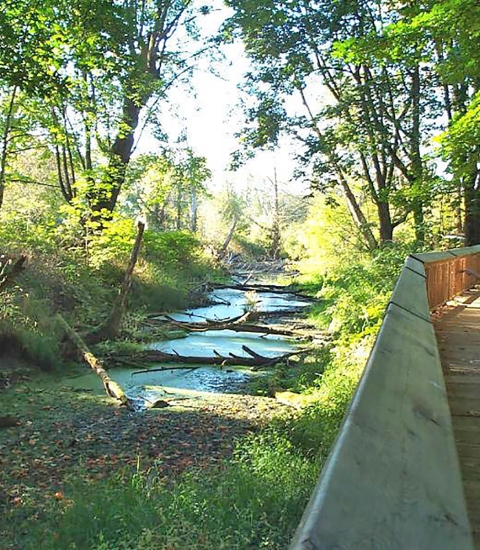Facility
Location
1200 Lighthouse Road
St. Marks, FL 32355
United States
Volunteer Position Overview
About This Position
The St. Marks National Wildlife Refuge was established in 1931 to provide winter habitat for migratory birds, and is one of the oldest refuges in the National Wildlife Refuge System. It encompasses about 86,000 acres in Wakulla, Jefferson and Taylor counties, and includes about 43 miles of north Florida’s Gulf coast. Congress has designated 17,350 acres of the Refuge a National Wilderness Area.
St. Marks has a entrance fee booth and a visitor center. The volunteer will work in the booth or visitor center, help with tours, events and other activities on the Refuge. Volunteer will be given RV pad.
Duties/Activities
Stories About Volunteering
Other Ways to Work with Us
Are you looking for something different than a volunteer opportunity? The Fish and Wildlife Service employs around 9,000 people nationwide and offers great internship opportunities every year.
